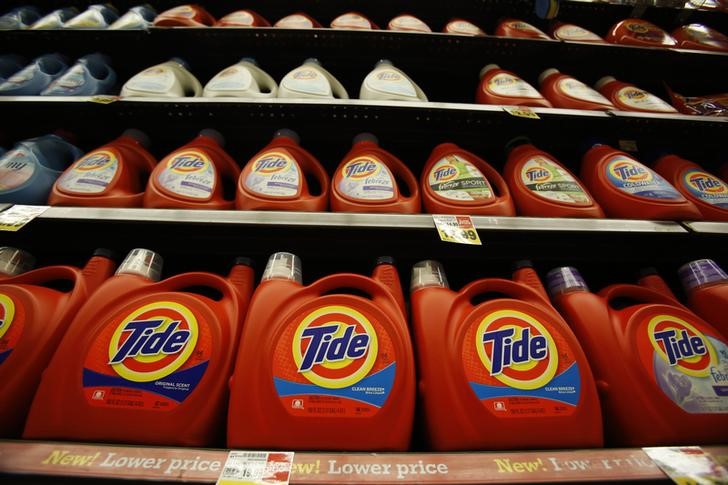Gold soars to record high over $3,900/oz amid yen slump, US rate cut bets
Procter & Gamble (NYSE:PG)’s stock reached a 52-week low, dipping to 156.58 USD. This milestone comes amidst a challenging year for the company, as evidenced by a 1-year change of -6.1%. The consumer goods giant has faced various market pressures, contributing to its current valuation. This decline in stock price reflects broader trends in the sector, as investors navigate economic uncertainties and shifting consumer behaviors. Procter & Gamble’s performance will be closely monitored by stakeholders as they assess the company’s strategies to regain momentum in the market.
In other recent news, Procter & Gamble has declared a quarterly dividend of $1.0568 per share, continuing its long-standing tradition of consistent dividend payments. The company has maintained this record for 135 consecutive years and has increased its dividend annually for the past 69 years. Additionally, Procter & Gamble has issued $1.25 billion in new debt, comprising $700 million of 4.050% notes due in 2030 and $550 million of 4.600% notes due in 2035. This financial move is part of the company’s strategy to manage its operations and investments through capital markets. Evercore ISI has reiterated its outperform rating for Procter & Gamble, citing ongoing organizational restructuring aimed at improving efficiency and adaptability. The firm noted challenges in P&G’s performance with online retailers like Amazon (NASDAQ:AMZN), despite its strong presence with traditional retailers. In a strategic leadership move, Procter & Gamble has appointed former Eaton (NYSE:ETN) CEO Craig Arnold to its Board of Directors. Arnold’s extensive global experience and expertise in innovation management are expected to support P&G’s growth strategies.
This article was generated with the support of AI and reviewed by an editor. For more information see our T&C.
